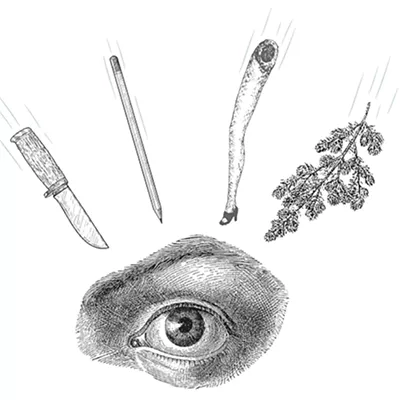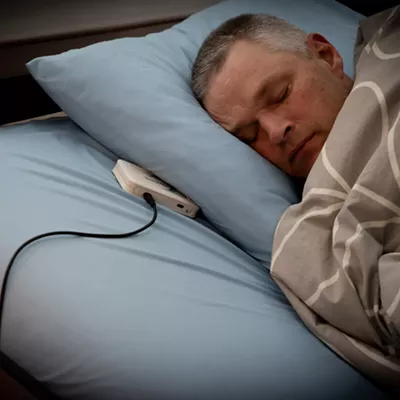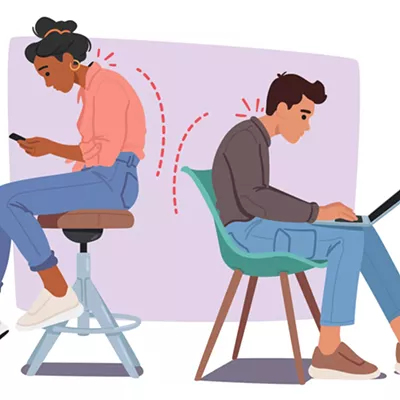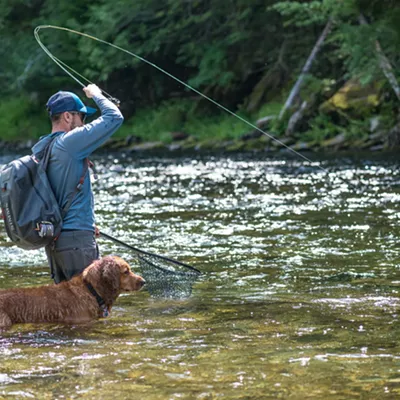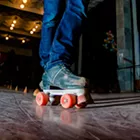Our community has not been here before. Well, at least not since 1918. That is the last time an influenza pandemic of the magnitude of the H1N1 virus moved through Spokane and Washington state. The 1918 pandemic, which came to be known as Spanish Influenza, eventually took the lives of an estimated 20 million people worldwide. Historians remind us that more Americans died in the 1918 pandemic than died of injuries in World War I. It is a sobering thought.
Historic photos from the epidemic depict widespread efforts by many types of workers, ranging from police officers to seamstresses. Nurses are prominently featured in almost every archival photo, and their proximity to the epidemic cannot be missed. Images of nurses leaning over soldiers to offer them water, changing beds and entering the homes of the ill are a potent reminder that nursing requires close contact — very close. Surely those nurses understood the risks and saw many of their colleagues taken by disease. When I look at those photos and see the nurses’ faces, I am in awe of their courage, their commitment, and their determination in what must have been exhausting conditions.
Fast-forward 90 years. Although the world has changed in many ways since 1918, unfortunately it is still a comfortable place for viruses to make their home. Last year when the first reports of a “1918-like” strain of influenza showed up on the CDC Website, I must admit to feeling a wave a fear. I understood exactly what it could mean and that many would be at risk. I wondered how today’s nurses, who grew up in a very different world, would respond to the call to serve, if and when that call came. As Washington State University’s Dean of Nursing I wanted to ensure our students and graduates were as prepared as possible. I reviewed the content our students received, knowing that we would be ready to lead, follow and do anything in between to make a difference.
At the College of Nursing, we’ve been fortunate to play a role in H1N1 planning from the start. Early last fall, our faculty worked quickly to review CDC data and adapt our H1N1 plan to the evolving national situation. At the same time, we had a number of faculty members volunteer to work on community-wide efforts with Spokane Regional Health District so those efforts would be coordinated, efficient and timely. Finally, several of our nursing faculty worked with student groups to plan and implement our own H1N1 immunization clinic within the College. It was very rewarding to see our own clinic underway. These efforts assured that every eligible student was immunized early and that they would be able to continue caring for patients in our regional hospitals and clinics.
But unless we find a way to recruit and educate more nurses, we may not be as able to play such a role in the future. Nurses over the age of 50 will soon be the largest age group in the nursing workforce. As they begin to retire over the next decade or so, the United States could face a shortfall of more than a quarter-million nurses, twice as large as any shortage since the 1960s.
Our students, faculty and those from other colleges and universities have made me proud. The nurses currently working at the Spokane Regional Health District and in our hospitals, clinics, schools and businesses are evidence that during times when all hands are needed on deck, the nursing profession shows up full force. Because we are simultaneously acting to prevent and to treat disease, nurses in almost every facet of care have been called forward. From organizing H1N1 immunization clinics to monitoring critically ill patients on ventilators, everyone has needed to step up. With our partners in medicine and public health, we are making a difference.
Thanks to the nurses, doctors and many others who have and continue to step up, we can minimize the impact of disease within our community and protect those who are most vulnerable. I can’t help but think that the nurses from the 1918 photographs would be proud, too. Their legacy lives on today.



